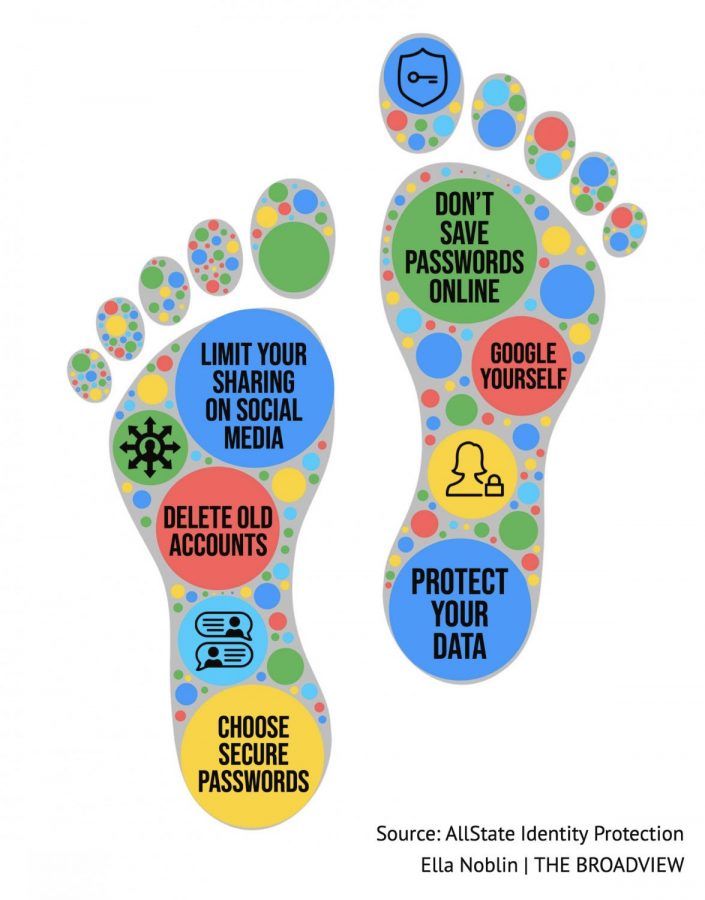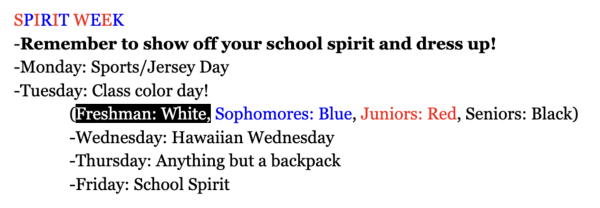Watch your step
Understanding and managing your digital footprint
October 5, 2021
Every email, post, photo and click leaves a trail about you — one you may never be able to erase.
“A digital footprint is what you leave behind on the internet — it’s very likely that it will always be there, no matter what,” sophomore Isabel Knott said. “To minimize it, put fewer things out on the internet, and think before you post.”
Even Snapchat photos and chats, that remain in the app temporarily, might stay on the internet, according to Director of Educational Innovation Howard Levin.
“You have to assume that anything you do on a digital device is being seen by someone,” said Levin. “All digital traffic is going through computers and routers that are harvesting that information or it could be stolen electronically.”
Hackers can gather your personal information and then sell it to advertisers in order to target ads based on demographic and interests. The revenue of behavioral tracking online is over 39 billion dollars today, according to Gary Kovacs in a 2012 Ted Talk about tracking our online trackers.
“In Ethics class, we watched a documentary called the Social Dilemma which revealed how personalized our social media and webpages are to us and how much we put out there,” sophomore Brennan Damond said. “It made me realize how much unknown information I’m actually sharing with the internet just by clicking on a link to cute shoes I find or accepting cookies on a random website.”
A cookie is a small text file that saves on a user’s hard drive by a Web server. Cookies perform state management functions, which assist websites in maintaining information about the state of their users or what their users are doing.
“My privacy online is something I always think about, so I’m careful to keep things like my last name and school out of my social media accounts,” Knott said. “It’s definitely something to make sure you’re aware of because of how easy it is for hackers to get information like your location and your family.”
Many students choose to have their social media accounts set to “private,” meaning that they can filter and approve who can follow them and who cannot. However, any media posted online is subject to screenshots and shares, which deny complete privacy from all social media users.
“Students should know that anything they put on social media, even if it is only supposed to last a few seconds, could come back to haunt them one day,” Levin said. “Unfortunately, there is no such thing as digital privacy anymore so students should be aware of this.”
Prospective schools and employers can perform background checks on prospective candidates, which often include social profiles.
“It’s important to monitor your social media accounts, preferably by keeping it private and appropriate so it doesn’t harm your chances of getting into a college or university,” Damond said. “I always think before I post, ‘Would my grandma approve of this?’.”
Protecting your data, setting secure passwords, and being selective about what you put online are all steps that you can take to minimize your digital footprint and protect your privacy.
“As the internet becomes more advanced, it becomes more dangerous,” Knott said. “People can find your IP address, parental information, school, or your location very easily — so much information is available at the push of a button.”










